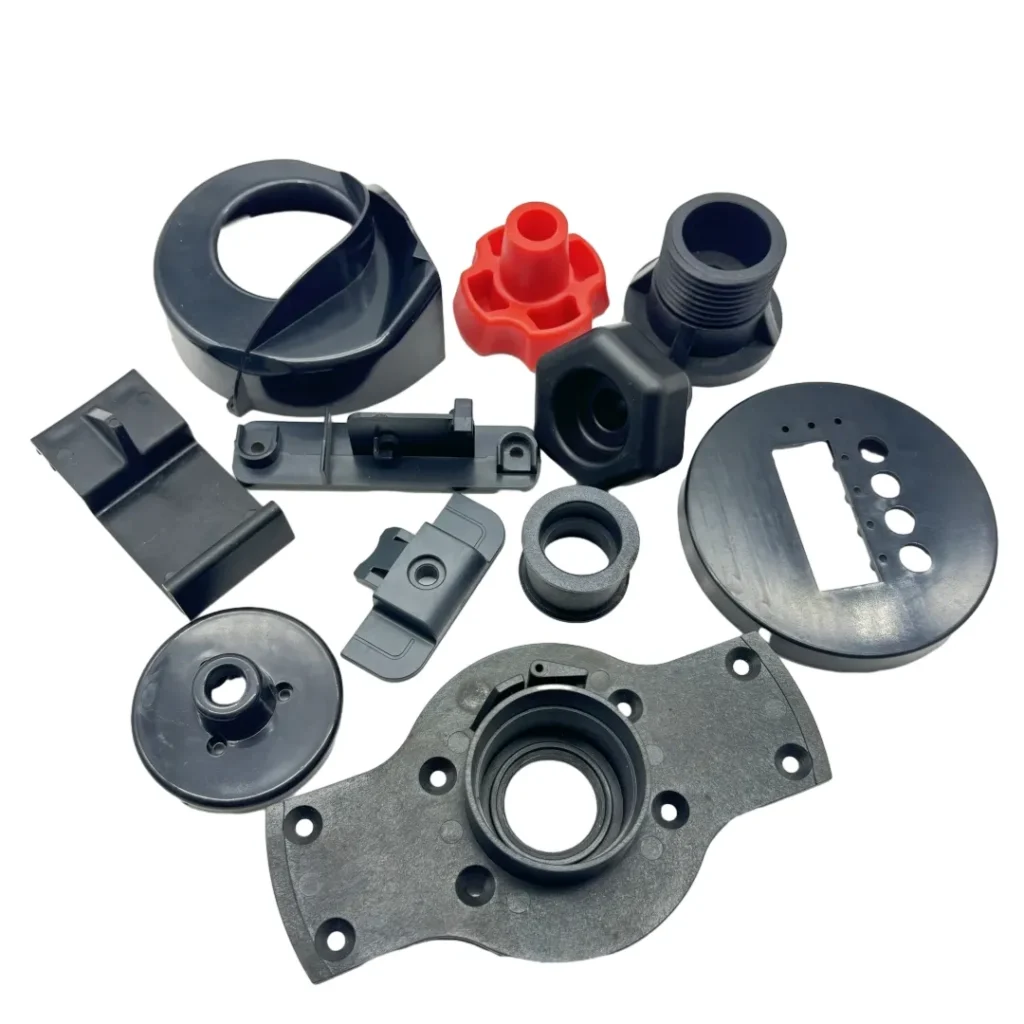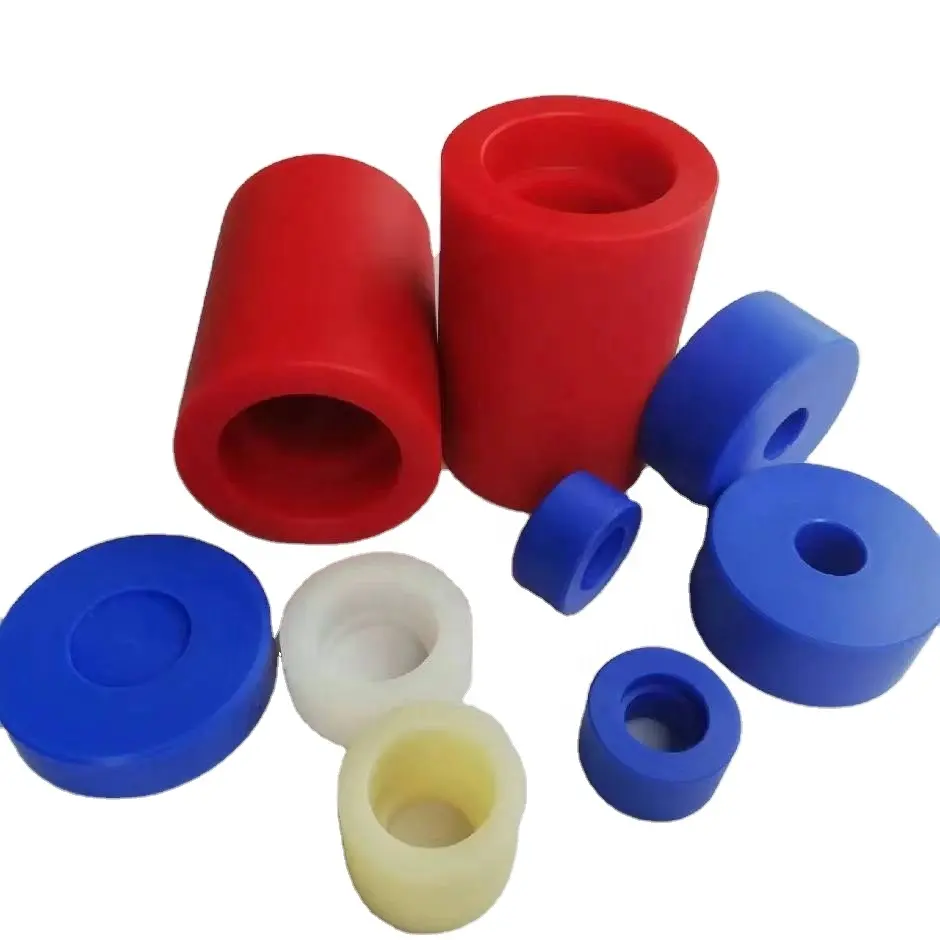- June 25, 2025
- Posted by: feinuojixie
- Category: Injection Molding News


The plastic molding business continues to thrive in today’s global economy. Despite increasing environmental concerns, demand for molded plastic parts remains strong due to their affordability, durability, and versatility. From medical devices to consumer electronics and automotive components, molded plastic products are embedded in nearly every industry. For entrepreneurs, this presents a unique opportunity to enter a resilient market with high-growth potential. As automation and precision technologies improve, even small-scale startups can compete by focusing on lean manufacturing, innovation, and strong customer relationships. In this guide, you’ll learn how to go from a complete beginner to running a profitable plastic molding business—step by step.


Understanding the Plastic Molding Business Landscape
Before diving into the operations, it’s essential to understand what the plastic molding business actually involves. At its core, it refers to the process of shaping plastic materials into specific forms by applying heat and pressure inside a mold. The most common technique—plastic injection molding—allows manufacturers to produce high volumes of parts with precision and consistency. Other methods like blow molding, compression molding, and rotational molding serve different product needs. These techniques support industries as diverse as automotive, aerospace, medical, packaging, and consumer goods. Knowing which sector you aim to serve will define everything from your equipment choices to your marketing strategy.
Evaluating Market Demand and Identifying a Niche
Success in the plastic molding business begins with selecting the right niche. Start by researching market trends, supply gaps, and industry forecasts. Tools like industry reports, Google Trends, and B2B sourcing platforms can reveal product demand and competition. For example, the medical industry has a growing need for single-use plastic components, while the automotive industry seeks lightweight and durable plastic alternatives. Focusing on a narrow niche at the beginning helps you master production, control costs, and build a reputation for quality. Once your operations are stable, you can expand to adjacent markets.
Building a Business Plan with Scalability in Mind
A well-structured business plan is more than just a document—it’s the blueprint for your plastic molding business. Your plan should outline your product strategy, initial capital investment, projected cash flow, pricing model, and scaling pathway. Include details like machine acquisition costs, labor needs, electricity usage, and maintenance. Plan your capacity so that when demand increases, you can scale without needing a complete overhaul. Set clear performance indicators such as production yield, defect rate, and customer retention. A scalable plan keeps your business agile and prepared for growth.
Choosing the Right Plastic Molding Technology for Your Business
Your molding process should align with your product goals, budget, and desired production volume. For instance, injection molding is best for high-volume production of complex parts. Blow molding is suitable for hollow objects like bottles and containers. Compression molding fits low- to medium-volume manufacturing of large parts. Each method has different requirements for molds, cycles, and energy use. Research the strengths and limitations of each and consider consulting an expert before investing in equipment. Choose technology that gives you room to grow as demand increases.
Setting Up Your Plastic Molding Facility from the Ground Up
Location and layout are critical. Choose a facility that offers enough space for raw material storage, machinery, assembly areas, and packaging. Consider access to reliable electricity, transportation, and a skilled labor pool. Inside the facility, design an efficient workflow—from material intake to finished product inspection—to reduce downtime and human error. Safety should also be a top priority. Install proper ventilation systems, fire suppression, and emergency procedures. A well-organized facility supports productivity and sets the tone for consistent operations.
Sourcing Raw Materials and Machinery
The quality of your final product depends heavily on your inputs. Source high-quality thermoplastics like ABS, polypropylene, or nylon from reputable suppliers. Work with vendors who can offer competitive pricing, reliable delivery, and documentation such as compliance certificates. When purchasing machines, choose trusted brands with strong support networks. You can buy new or refurbished equipment, but always consider energy efficiency and maintenance needs. Don’t forget the importance of molds—they are a major investment and must be designed with precision and durability in mind.
Hiring and Training the Right Team
A successful plastic molding business needs more than just machines—it needs people who know how to use them. Start with a small, capable team including a production manager, machine operator, quality inspector, and logistics coordinator. As the business grows, add roles like maintenance technician, mold designer, and sales specialist. Training is essential, especially on safety, process control, and troubleshooting. Continuous education in lean manufacturing and process optimization helps your team stay competitive and reduces waste.
Mastering the Production Process and Quality Control
From design to delivery, every step of the production process must be tightly controlled. Start with mold design and prototyping to ensure accuracy. Then monitor production cycles closely—adjust temperatures, injection speeds, and cooling times to avoid defects. Use tools like statistical process control and visual inspection to catch problems early. Set up a system for tracking rejects and investigating root causes. Implementing a quality management system such as ISO 9001 boosts credibility and ensures consistent customer satisfaction.
Marketing and Selling Your Plastic Molded Product
No matter how good your product is, it won’t sell itself. Build a strong brand with clear messaging about quality, reliability, and customization. Create a professional website with product examples, certifications, and client testimonials. Use digital marketing strategies such as search engine optimization and email outreach to attract prospects. Attend trade shows, network in industry forums, and build partnerships with OEMs or distributors. A steady sales pipeline is the foundation for long-term business growth.
Scaling Your Plastic Molding Business Sustainably
Scaling is not just about doing more—it’s about doing it better. Start by analyzing your production data to find bottlenecks. Upgrade machines or add automation where it makes financial sense. Expand your product line strategically by identifying needs within your existing customer base. Enter new regional or international markets after researching regulations and logistics. Avoid overextending by maintaining a lean cost structure and investing only when your cash flow supports it. Sustainable scaling ensures profitability as you grow.


Overcoming Common Challenges in the Plastic Molding Business
Like any business, plastic molding comes with its challenges. Supply chain disruptions, machine downtime, labor shortages, and fluctuating resin prices can affect your bottom line. Stay proactive by maintaining supplier diversity, performing regular equipment maintenance, and cross-training staff. Keep an emergency inventory of critical parts and materials. Monitor your financials closely and use scenario planning to prepare for downturns. Strong leadership and adaptability are your best tools in overcoming setbacks.
Turning Your Plastic Molding Dream into a Profitable Reality
Starting a plastic molding business from scratch may seem daunting, but with the right planning, execution, and persistence, it’s an achievable and rewarding journey. The combination of high product demand, scalable technology, and market diversity makes it a powerful business model. By focusing on quality, efficiency, and customer needs, you can carve out a profitable space in this competitive field. Whether you’re beginning with a single machine or planning a full-scale facility, the plastic molding business holds endless potential for those ready to shape the future—one molded part at a time.
